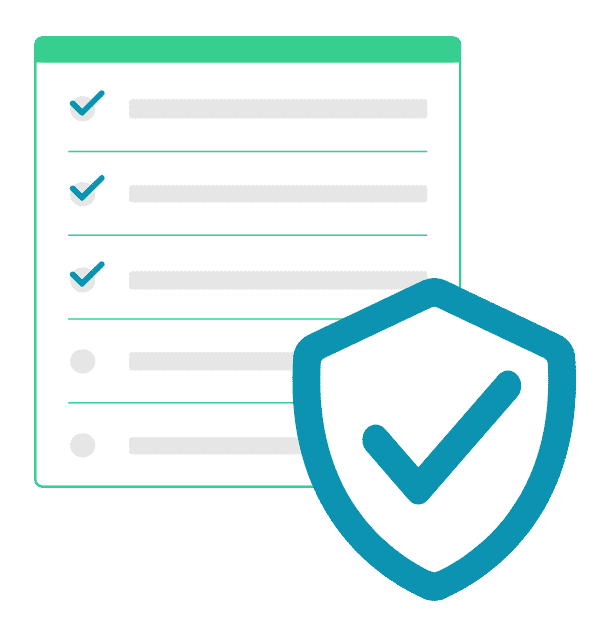Your Guide to the Notice of Privacy Practices (NPP): Key HIPAA Requirements for Employers
Understanding the NPP: What It Means for Employer-Sponsored Health Plans
The Health Insurance Portability and Accountability Act (HIPAA) safeguards protected health information (PHI), and the Notice of Privacy Practices (NPP) is a crucial document outlining how PHI is used and shared. For employers sponsoring group health plans, ensuring compliance with NPP requirements is essential. This guide explains what employers need to know about creating, distributing, and maintaining their NPPs.
Who Needs an NPP? Employer Obligations
Since April 2003, healthcare providers and certain entities have been required to provide an NPP. Employers sponsoring group health plans must also comply. This includes:
- Employer groups offering health plans to employees.
- Health insurance agencies partnering with employers.
- Business Associates involved in administering employer-sponsored plans.
The specific content and distribution methods for your NPP will depend on your role and the scope of your health plan.
Crafting an Effective NPP for Employers
Creating an NPP doesn’t have to be daunting. By following HIPAA guidelines and leveraging the right tools, employers can create an informative and compliant document.
Key Considerations:
- Templates: Use reputable templates from sources like the Department of Health and Human Services (HHS).
- Clarity: Write in plain language to ensure accessibility for all employees.
- Customization: Tailor the document to address the specifics of your group health plan.
Essential Elements of an Employer NPP
Your NPP should include the following components:
- Header: A clear statement of the document’s purpose.
- Uses and Disclosures:
- Permitted uses of PHI without authorization.
- Uses requiring authorization, such as marketing or PHI sales.
- Employee Rights: Outline employees’ rights under HIPAA, including access, inspection, and amendment of PHI.
- Employer Responsibilities: Commit to safeguarding PHI privacy and ensuring compliance.
- Additional Information:
- Effective date of the NPP.
- Contact details for questions or complaints.
- Instructions for filing complaints with HHS.
Distributing Your NPP to Employees
Employers must ensure that employees participating in the group health plan receive the NPP. Key distribution methods include:
- Initial Enrollment: Provide the NPP to employees during their health plan enrollment.
- On Request: Make copies available upon request.
- Online Access: Post the NPP on your company’s intranet or benefits portal.
Additionally, ensure employees are notified of their rights to request and receive the NPP at any time.
Acknowledgment of Receipt
While healthcare providers must document receipt of the NPP, employers sponsoring health plans are not required to obtain formal acknowledgment from employees. However, it’s good practice to track distribution to demonstrate compliance if needed.
Keeping Your NPP Updated
Regular updates to your NPP ensure ongoing compliance. Employers should:
- Review and update the NPP when changes occur in how PHI is handled.
- Notify employees of updates through clear communication channels.
- Provide an updated NPP to new and existing plan participants as needed.
Conclusion: Partnering for Compliance
As an employer sponsoring a group health plan, your role in maintaining HIPAA compliance is critical. By understanding NPP requirements and implementing best practices for distribution and updates, you can protect employee privacy and ensure regulatory compliance.
Need assistance with HIPAA compliance? Our team offers comprehensive resources and expert guidance to help you navigate the complexities of creating and maintaining your NPP. Contact us today to learn more!
- HHS Notice of Privacy Practices FAQs
- https://www.hhs.gov/hipaa/for-professionals/privacy/guidance/model-notices-privacy-practices/index.html




